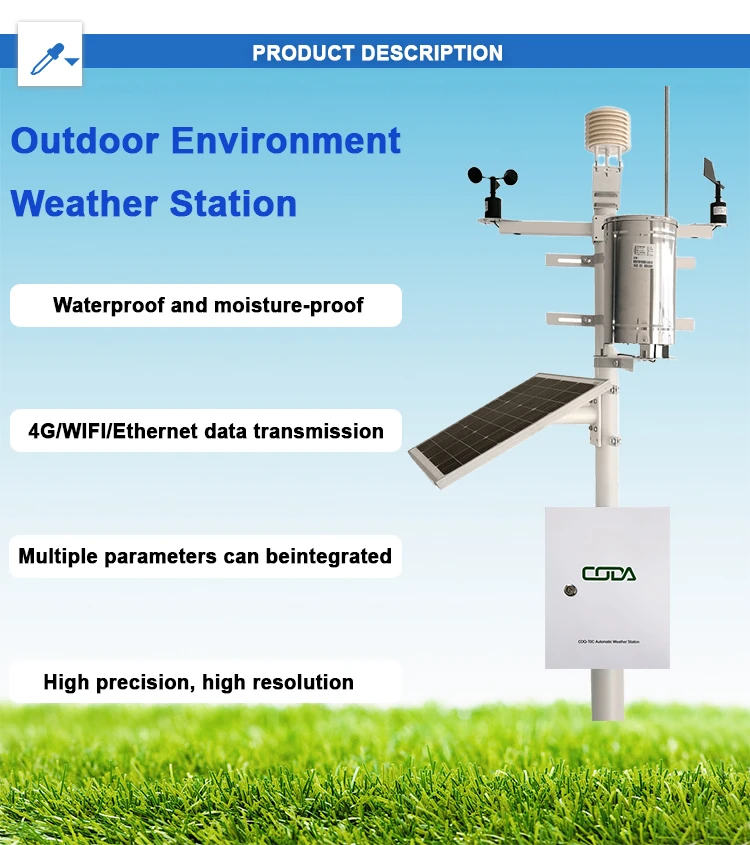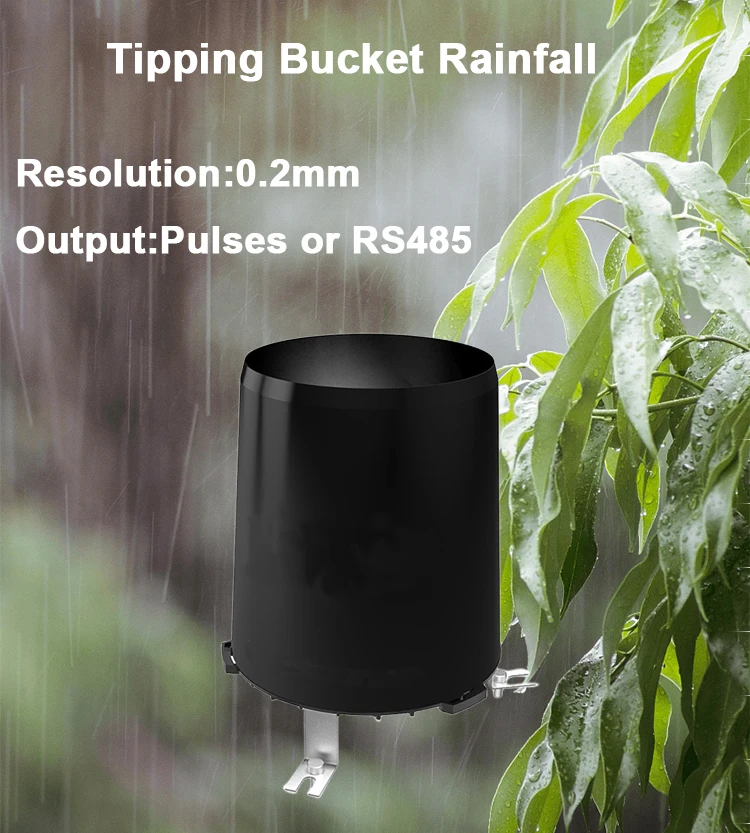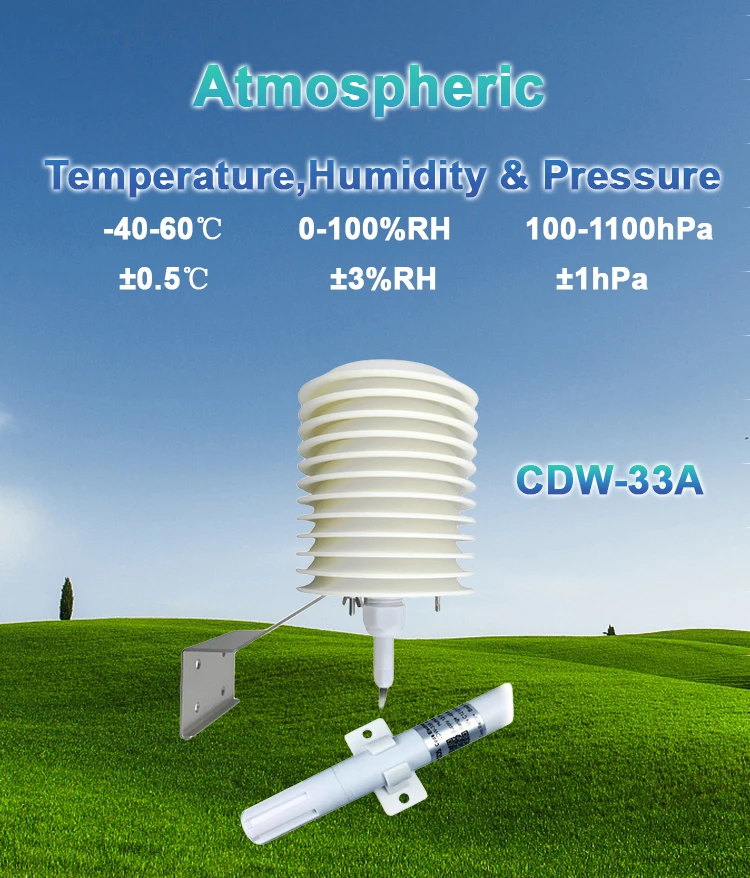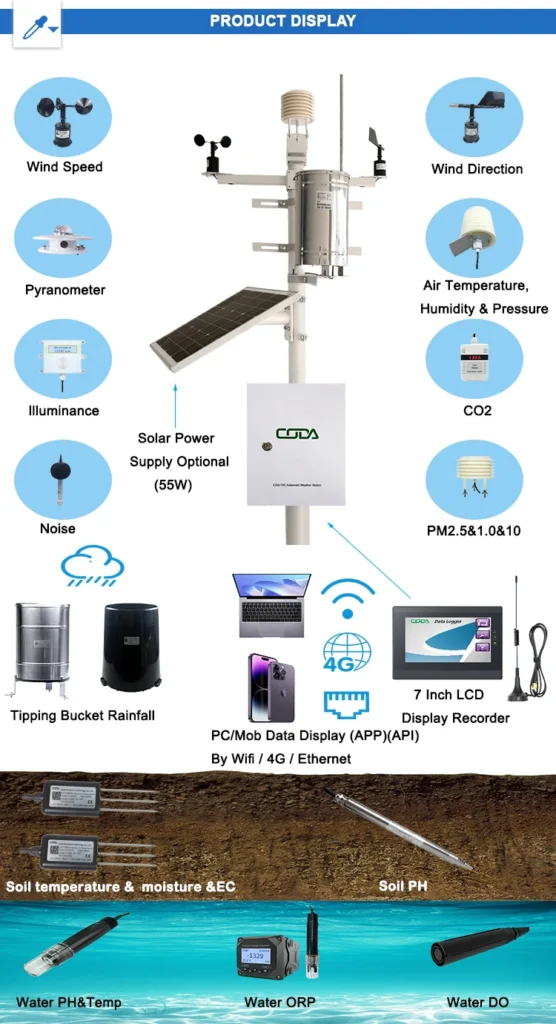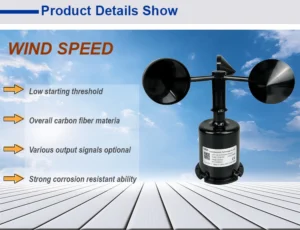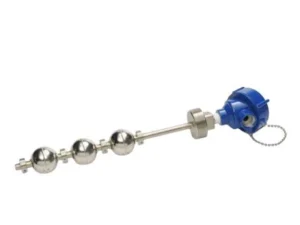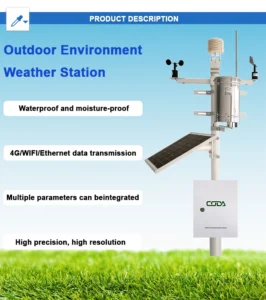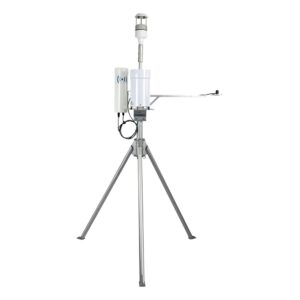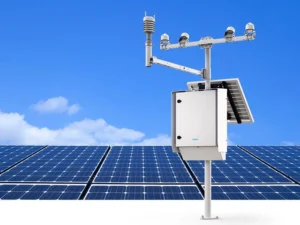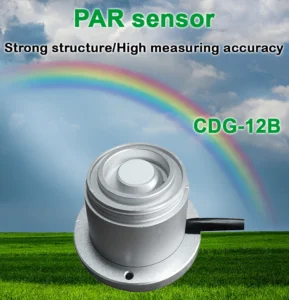Are Weather Sensors Waterproof?
Weather sensors are very important for watching and predicting the weather. People use them in many places. These places include open fields, mountain tops, coastal areas, and city rooftops. A common question about weather sensors is if they are waterproof.
They are often exposed to the elements. The answer is not just yes or no. It depends on many factors. The type of sensor, its use, and the manufacturer’s design and specifications include these elements.
This article will look closely at the water resistance of weather sensors. It aims to help you understand this topic better.
Types of Weather Sensors and Their Water Resistance
Rain Gauges
Rain gauges are among the most well – known weather sensors. Traditional tipping-bucket rain gauges measure how much it rains.
Manufacturers typically build these devices with a certain level of water resistance. The tipping mechanism is inside a housing. This housing keeps water out of the internal parts. It also lets rain flow into the collection area.
However, they are not fully waterproof because the designers did not make them for submersion. Being in water for a long time can harm the delicate tipping mechanism. It can also harm the electronic parts that help with data transmission.
Modern ultrasonic rain gauges, on the other hand, use sound waves to measure rainfall. Their casings are often sealed more tightly. This keeps the internal ultrasonic sensors and electronics safe from water damage.
They can handle heavy rain. They are usually better at resisting water damage than some old rain gauges. However, experts still do not recommend full submersion.
Anemometers
Anemometers measure how fast the wind blows and which way it is going. Cup anemometers are a common type of device.
They have cups that are attached to a shaft. You need to protect the internal bearings and electronic parts. The elements can still affect the cups.
Manufacturers often make cup anemometers with seals and gaskets. These features help keep water out. The cups rotate constantly.
This means that any water that gets inside can cause problems over time. For example, it can rust the bearings.
Vane anemometers measure wind direction. They have parts that need protection from water. Some high-end anemometers can handle tough weather, like heavy rain. They are more resistant to water damage, but they still have limits.
Temperature and Humidity Sensors
Temperature and humidity sensors are used to measure the ambient temperature and moisture content in the air. People often keep these sensors in cases. These cases let air flow in for accurate readings but keep water out. The enclosures may have vents with fine mesh or special membranes.
These let air in but keep water droplets out. In very wet conditions, such as heavy rain or foggy areas, water can build up inside the enclosure. This can change the sensor readings and might even harm the sensor over time.
Some manufacturers make temperature and humidity sensors for outdoor use. They have better water resistance. This includes sealed connectors and stronger casings.
Barometric Pressure Sensors
Barometric pressure sensors measure the air pressure. This is important for predicting the weather. These sensors are often sensitive electronic devices. To protect them from water, people often place them in well-sealed enclosures.
However, like other weather sensors, they are not immune to the effects of water. Water can get into the enclosure through small cracks or damaged seals. This can cause wrong pressure readings or sensor failure.
Manufacturers design some barometric pressure sensors for outdoor use. They can handle normal rain and moisture. However, you should not use them in water or very wet places.
Standards and Ratings for Water Resistance
IP Ratings
The Ingress Protection (IP) code is a global standard. It shows how well casings and electrical boxes keep out dust and water. An IP67-rated weather sensor is completely safe from dust. The first digit, 6, shows this protection.
You can put it in water up to 1 meter deep for 30 minutes without damage (the second digit is 7). IP68-rated sensors can stay underwater for a longer time and at deeper levels.
When picking a weather sensor, look at its IP rating. This tells you how well it resists water. A higher IP rating usually means better water protection. However, it also costs more.
Other Industry – Specific Ratings
In addition to IP ratings, some industries have their own standards for water resistance in weather sensors. In the marine industry, weather sensors on ships or offshore platforms must meet strict requirements.
This is due to the harsh saltwater environment. Engineers design these sensors to resist corrosion from saltwater and to be waterproof. Special coatings, materials, and sealing methods help the sensors perform well in tough marine conditions.
Factors Affecting a Weather Sensor’s Water Resistance
Design and Construction
The design and construction of a weather sensor play a crucial role in its water resistance. A well – designed sensor will have tight – fitting seals around all openings, such as ports for cables and ventilation holes.
The choice of materials also matters. For example, using strong plastics or metals that resist water and rust can make the sensor last longer in wet conditions.
The assembly process needs to be exact. This makes sure we seal all parts properly. It also stops any gaps where water can get in.
Installation and Maintenance
Even the best water-resistant weather sensor can fail if not installed properly. If the sensor is not installed right, water can enter it. This can occur if the seals are damaged during installation.
It can also happen if the cable connections are not tightened well. Regular maintenance is very important.
Over time, seals can wear out, and gaskets can become old. Checking and replacing these parts when needed can help keep the sensor water-resistant. Severe weather, such as strong winds and hail, can damage the sensor’s outer casing. This makes it harder for the sensor to keep water out.
Conclusion
In conclusion, many weather sensors have some water resistance. However, not all of them are completely weather sensors Waterproof. The water resistance of a weather sensor depends on its type and the standards it meets. It also depends on its design, how it is built, and how someone installs and cares for it.
When choosing a weather sensor for a specific use, it is important to think about the expected weather conditions. You should select a sensor that has the right level of water resistance. By knowing these factors, users can keep their weather sensors working well and accurate, even in wet and tough weather.
